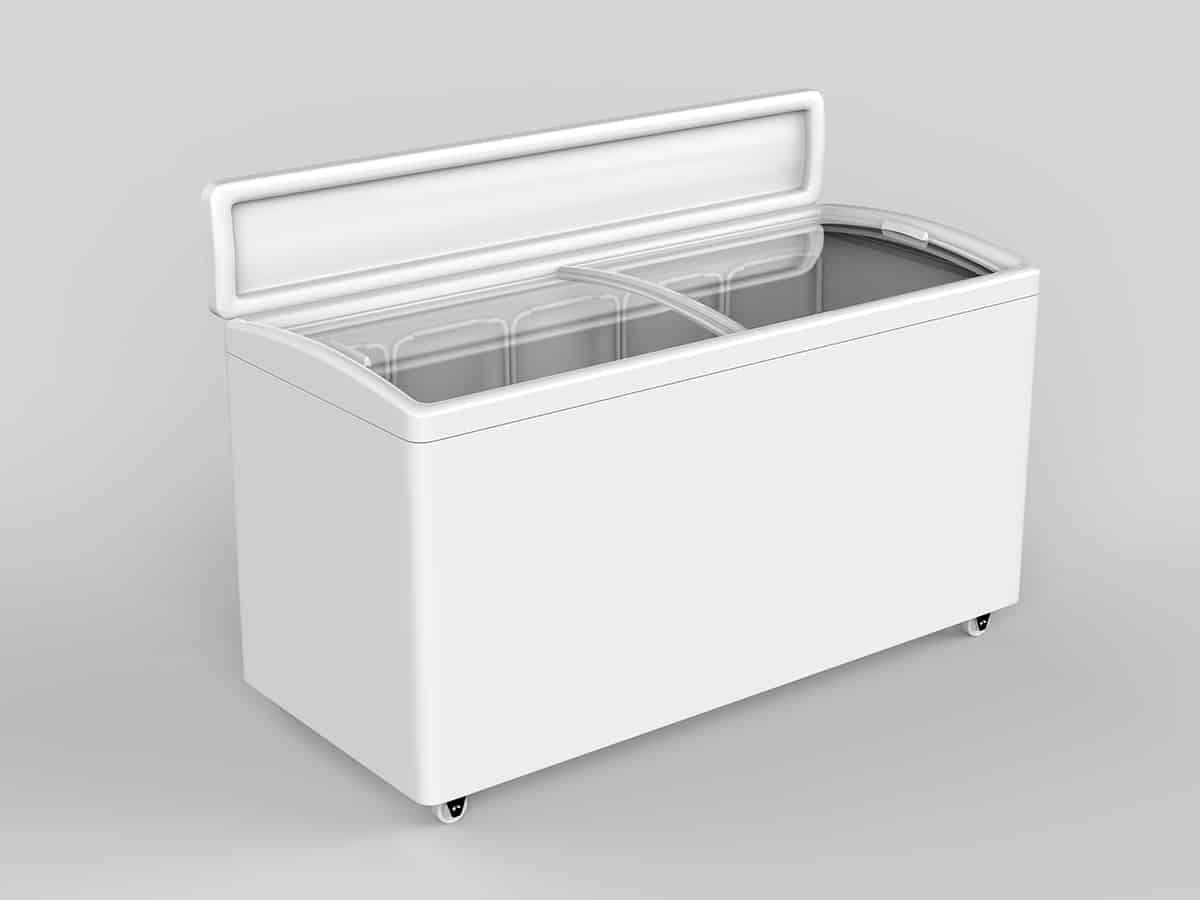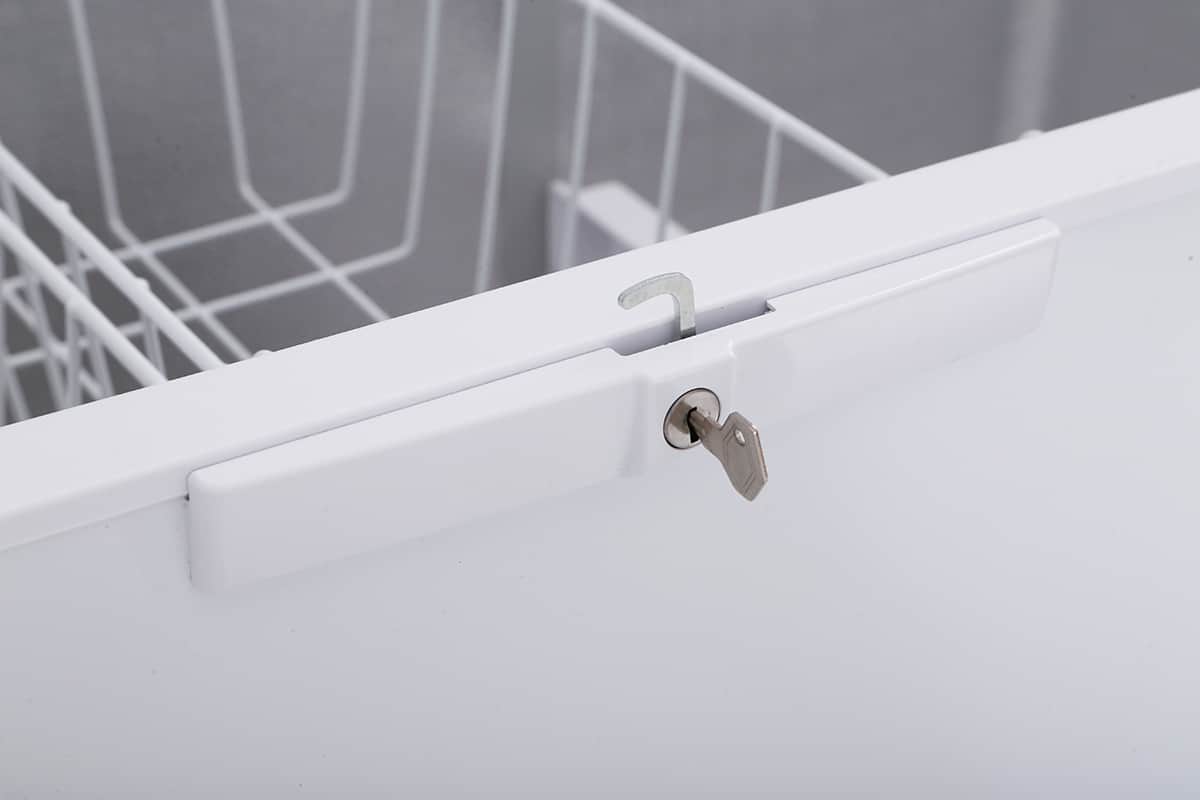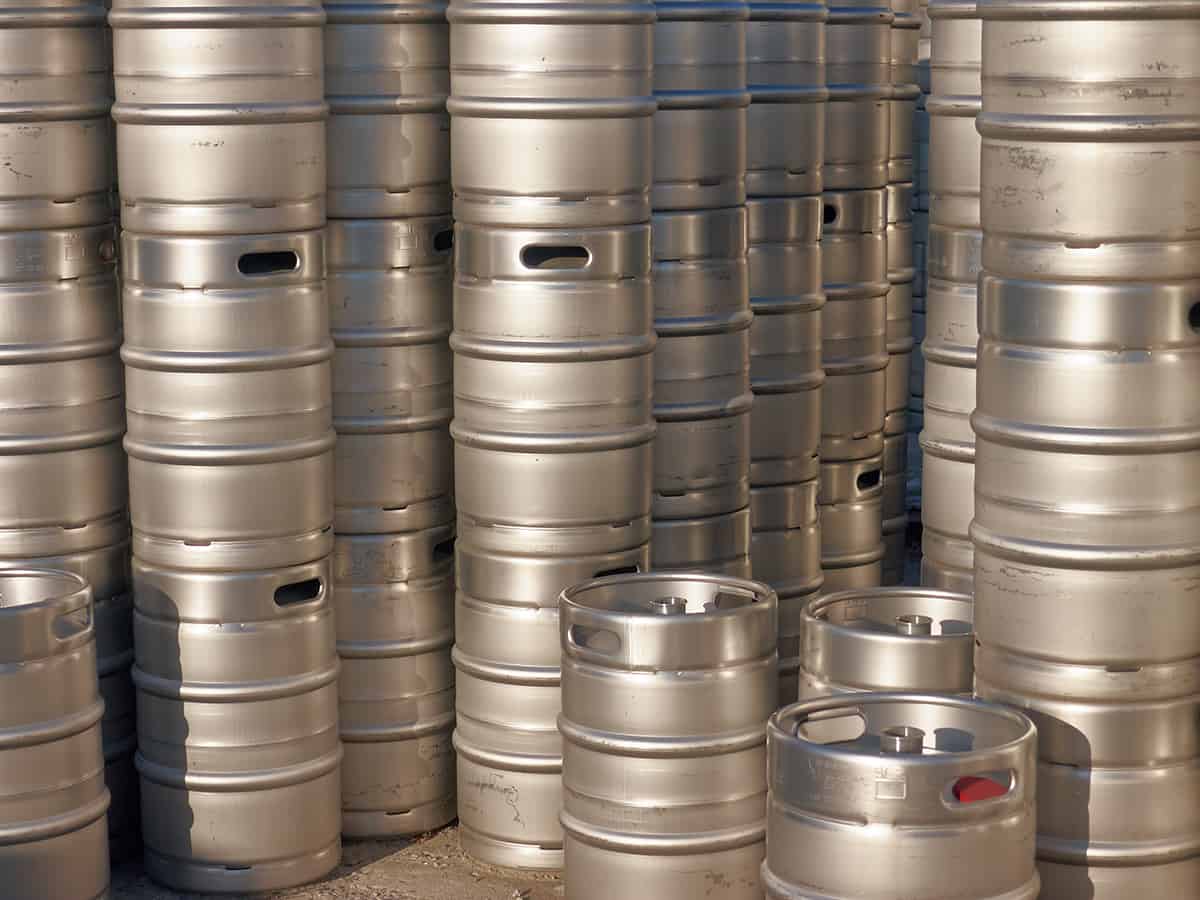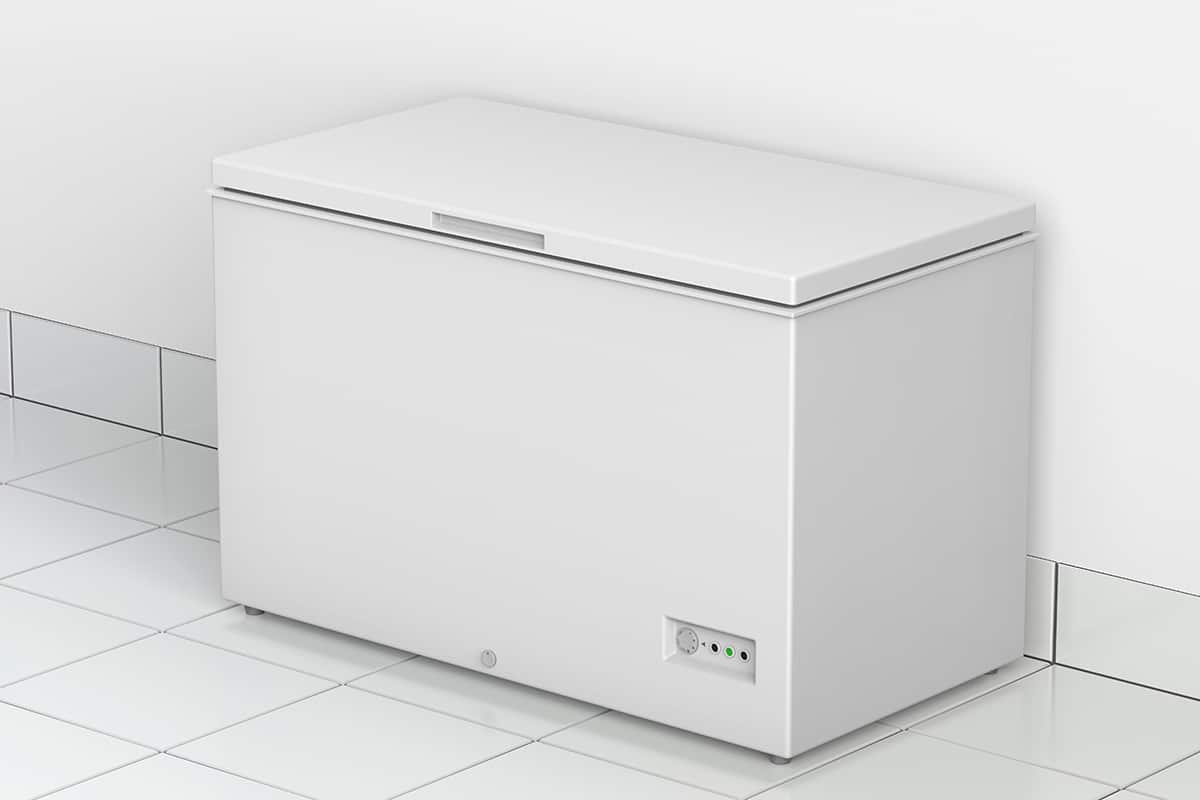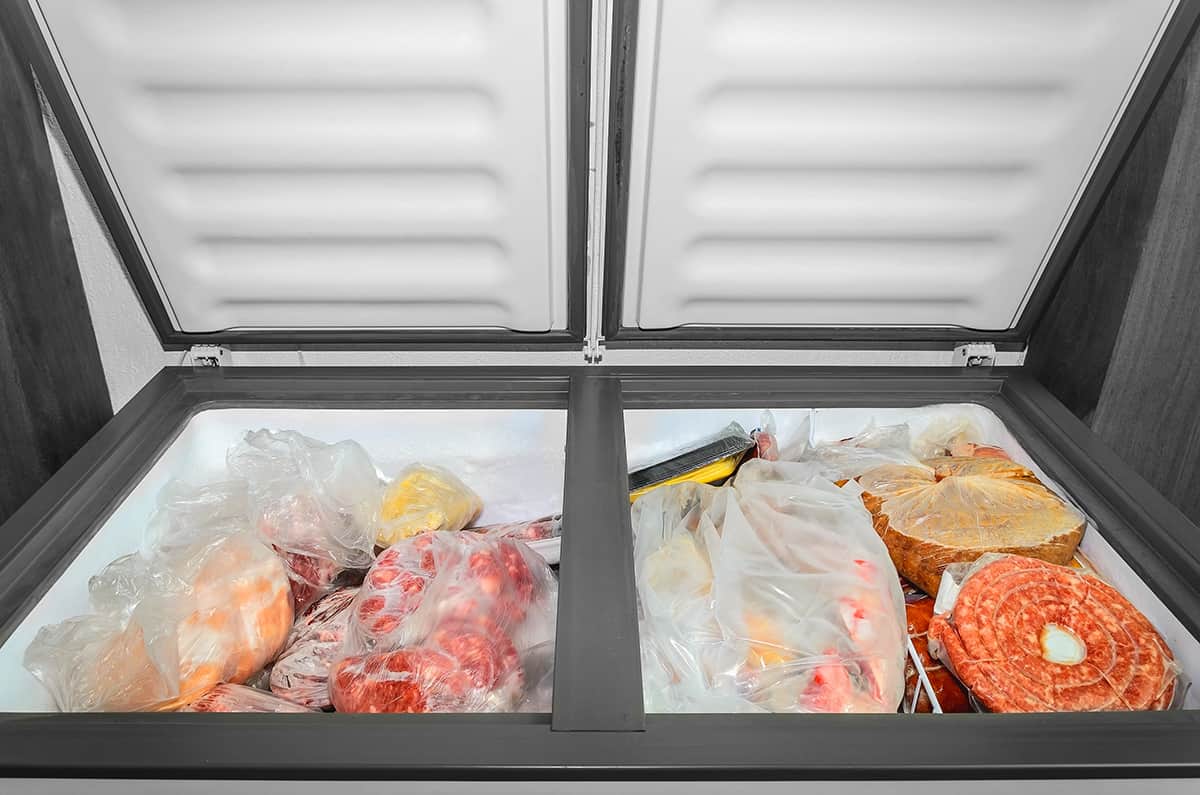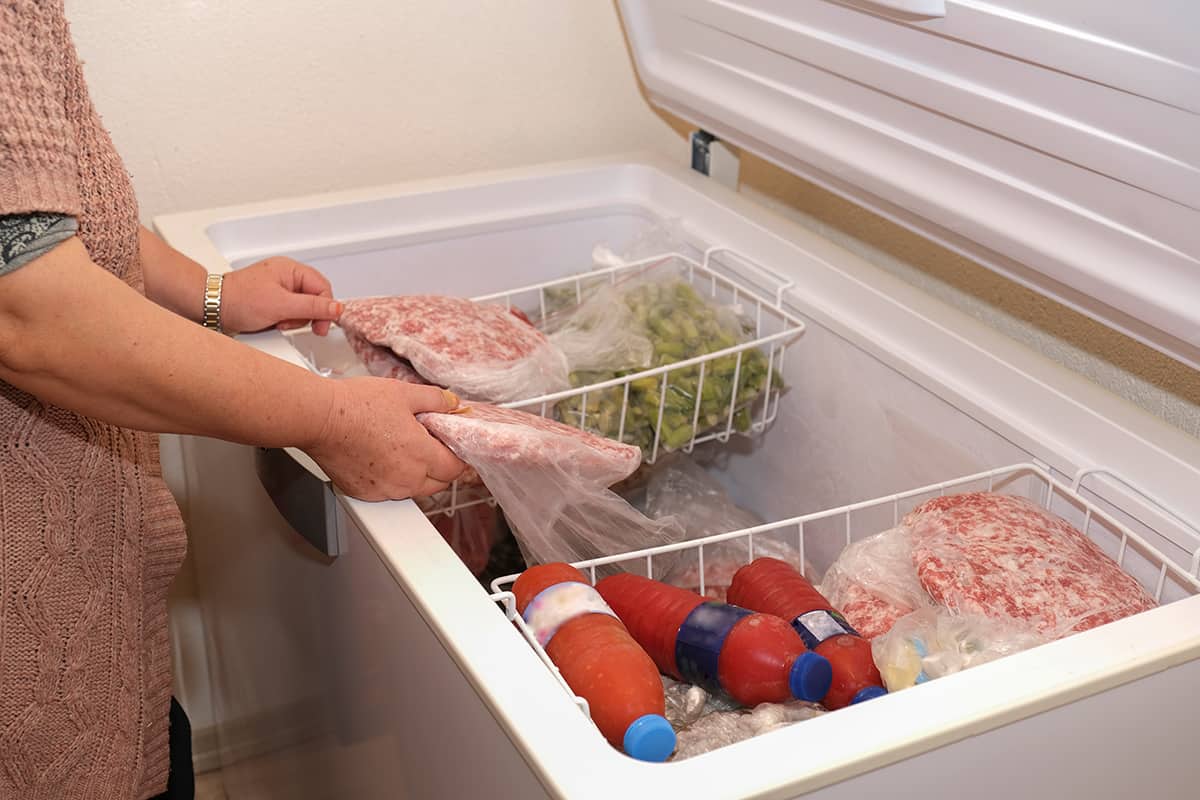Typically, if your power goes out then the food inside the chest freezer will be ok for around 24 hours, although this depends on how full the freezer is. If the freezer is only half full, this could be reduced to around 16 hours.
The best way to ensure a chest freezer doesn’t ruin the look of your home is to simply keep it out of sight. If you are fortunate enough to have storage space where you could keep your freezer away from the main living areas of the home, then this will be ideal.
The number of kegs you can fit in a chest freezer will, of course, depend on the type of kegs you have and the size of your chest freezer.
The standard energy consumption of most chest freezers is between 200 to 400 watts. The condition of the appliance, the humidity of the location, and the ambiance of the temperature play a huge part in the amount of energy your chest freezer uses.
Power outages may not be frequent, but they do occur and their occurrence can cause a lot of damage not only to the contents of your chest freezer but to the chest freezer itself.
The lifespan of an average freezer is 16 years. So the question is: is the freezer in your home an ‘average’ freezer or is it on the verge of a breakdown?
The right and ideal temperature for your chest freezer is either 0° Fahrenheit or any temperature lower. At this temperature, the deterioration of food you decide to freeze is slowed down.
